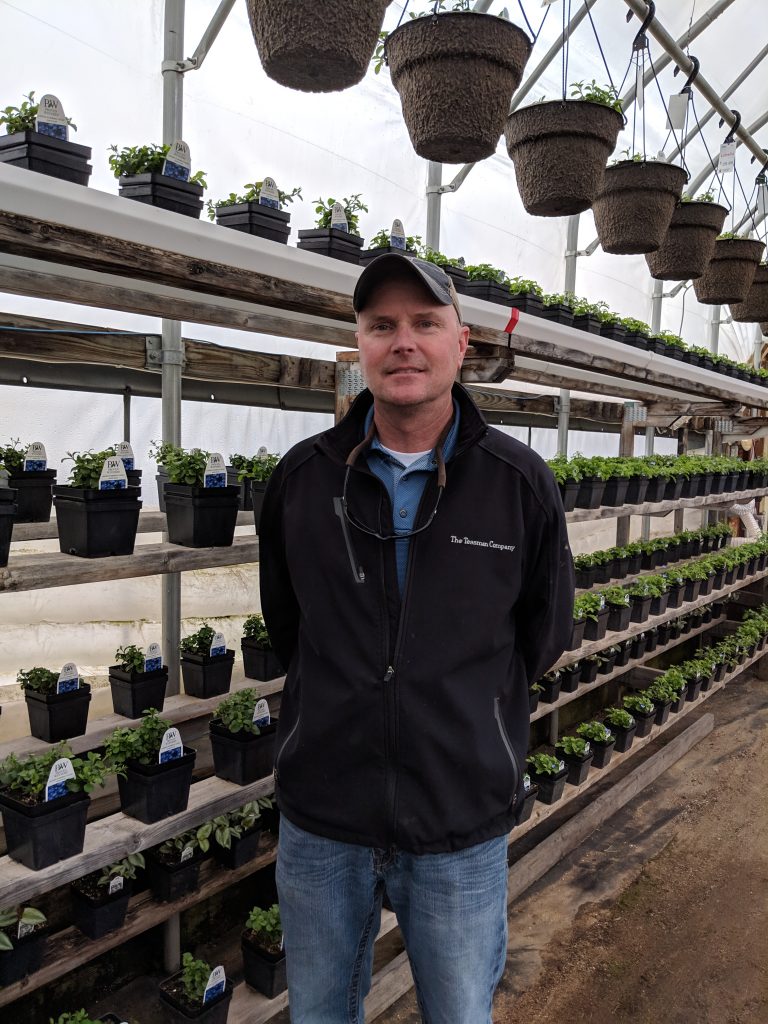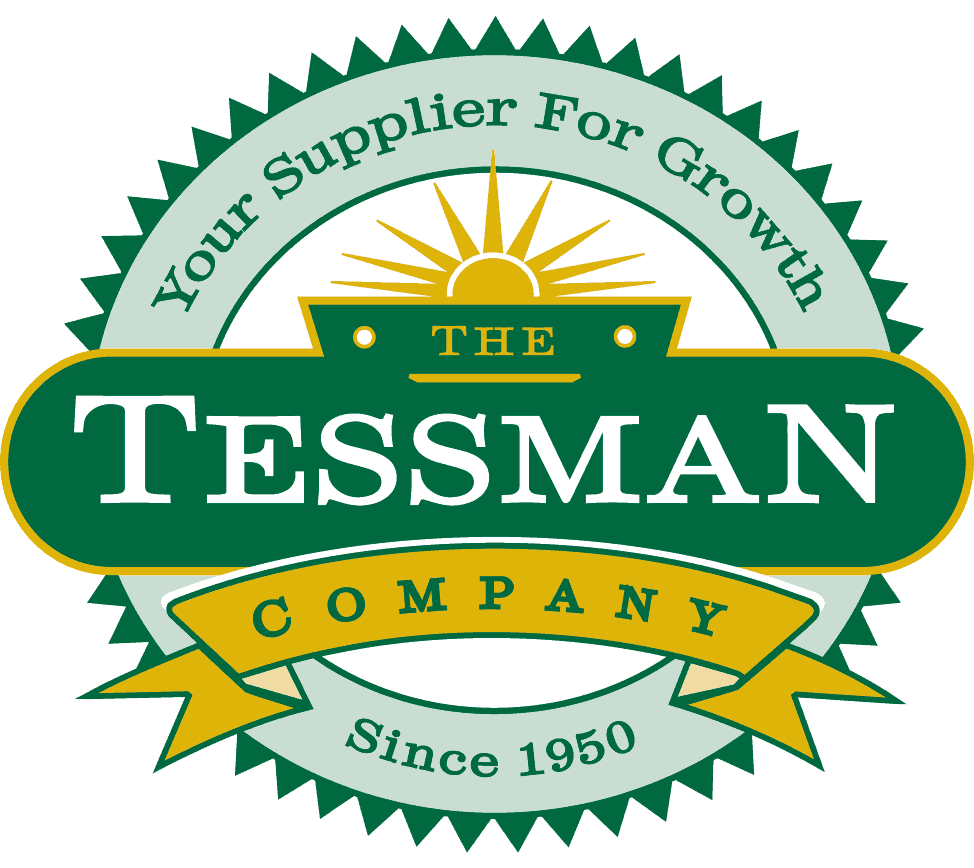Heating Your Greenhouse

By Steve Jones
Wow….it was a cold March. I saw on the news this morning we were 6 degrees below normal (whatever that is) for the month of March. It sure felt like it. How did your heaters do? Did they keep up? Do you have enough btu’s available when we have temps that are well below normal?
When sizing your greenhouse heaters there are a number of factors to consider:
- Length and width of the poly that covers the greenhouse or the over the top measurement and length of the greenhouse.
- Greenhouse covering constant — .7 for double poly film, .65 for 8mm poly carb, 1.0 for single layer poly film and 1.3 for single layer corrugated fiberglass.
- Temperature swing – this number is attained by taking the lowest inside temp tolerable minus the lowest outside time possible while heating. So, if the lowest tolerable inside temp is 50 degrees and the lowest outside temp while heating is -20 degrees the temperature swing is 70 degrees. Seventy to 90 degrees is typical for the Midwest. It depends on when you move into the greenhouse.
- Loss out of stack or the efficiency of the heater in decimal form.
- Endwall constant of 1.15
How do use the information:
- Multiply length by width = X
- Multiply X by the greenhouse covering constant = Y
- Multiply Y by the temperature swing = Z
- Multiply Z by the endwall constant = Q
- Divide Q by the loss out of stack constant = BTU needed in the greenhouse
For example – 30X96 greenhouse that is covered by 2 sheets of poly film that measure 48×100. Looking for a temperature swing of 80 degrees (50 inside while it is -30 outside)
{(48*100)(.7)(80)} * 1.15
.8
Equals 383,400 btu required. I would put two 200,000btu heaters in this house.
Good luck. Give us a call with questions.
Steve joined Tessman in 2016. Along with a BS in Horticulture and a BS Business Economics from South Dakota State University, Steve has over 20 years experience in greenhouse production, sales and consulting. He has worked in small mom and pop greenhouses all the way up to 50 plus acre wholesale greenhouses. He prides himself on finding new ways to improve production practices.
